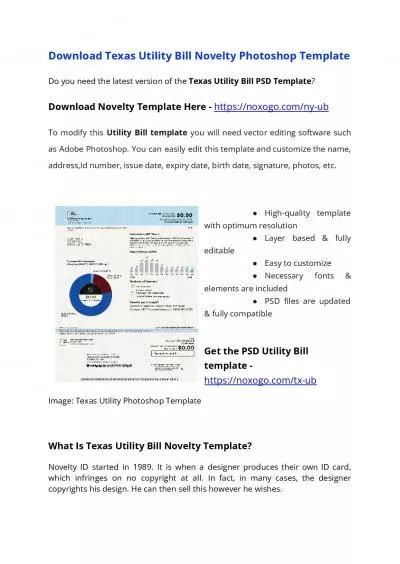PPT-Texas Department
Author : natalia-silvester | Published Date : 2016-05-19
of Licensing and Regulation Texas Accessibility Standards Kitchens Kitchenettes amp Comparable Spaces Texas Department of Licensing and Regulation Architectural
Presentation Embed Code
Download Presentation
Download Presentation The PPT/PDF document "Texas Department" is the property of its rightful owner. Permission is granted to download and print the materials on this website for personal, non-commercial use only, and to display it on your personal computer provided you do not modify the materials and that you retain all copyright notices contained in the materials. By downloading content from our website, you accept the terms of this agreement.
Texas Department: Transcript
Download Rules Of Document
"Texas Department"The content belongs to its owner. You may download and print it for personal use, without modification, and keep all copyright notices. By downloading, you agree to these terms.
Related Documents


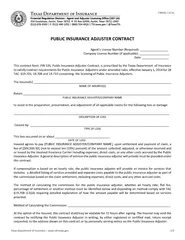
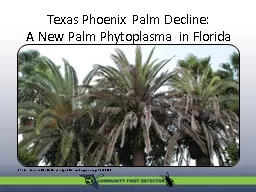


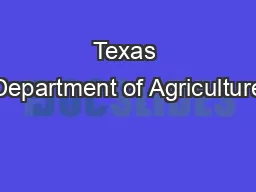

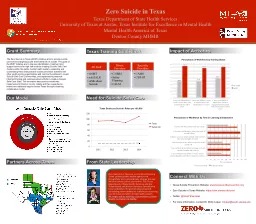

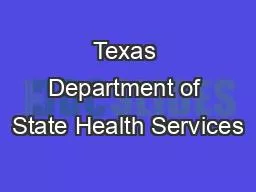
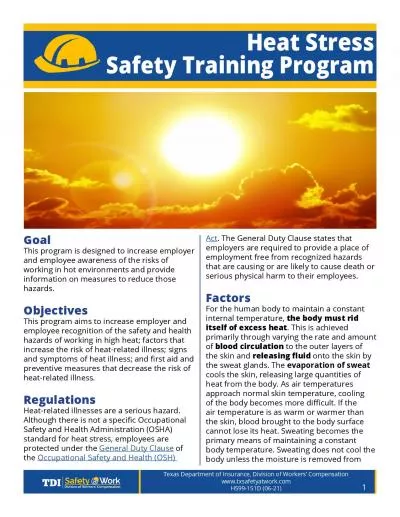
![[PDF READ ONLINE] Welcome to Texas...Now What?: Tips for Texas Transplants](https://thumbs.docslides.com/1019130/pdf-read-online-welcome-to-texas-now-what-tips-for-texas-transplants.jpg)
![[PDF READ ONLINE] Welcome to Texas...Now What?: Tips for Texas Transplants](https://thumbs.docslides.com/1019648/pdf-read-online-welcome-to-texas-now-what-tips-for-texas-transplants-650de85f5f131.jpg)
